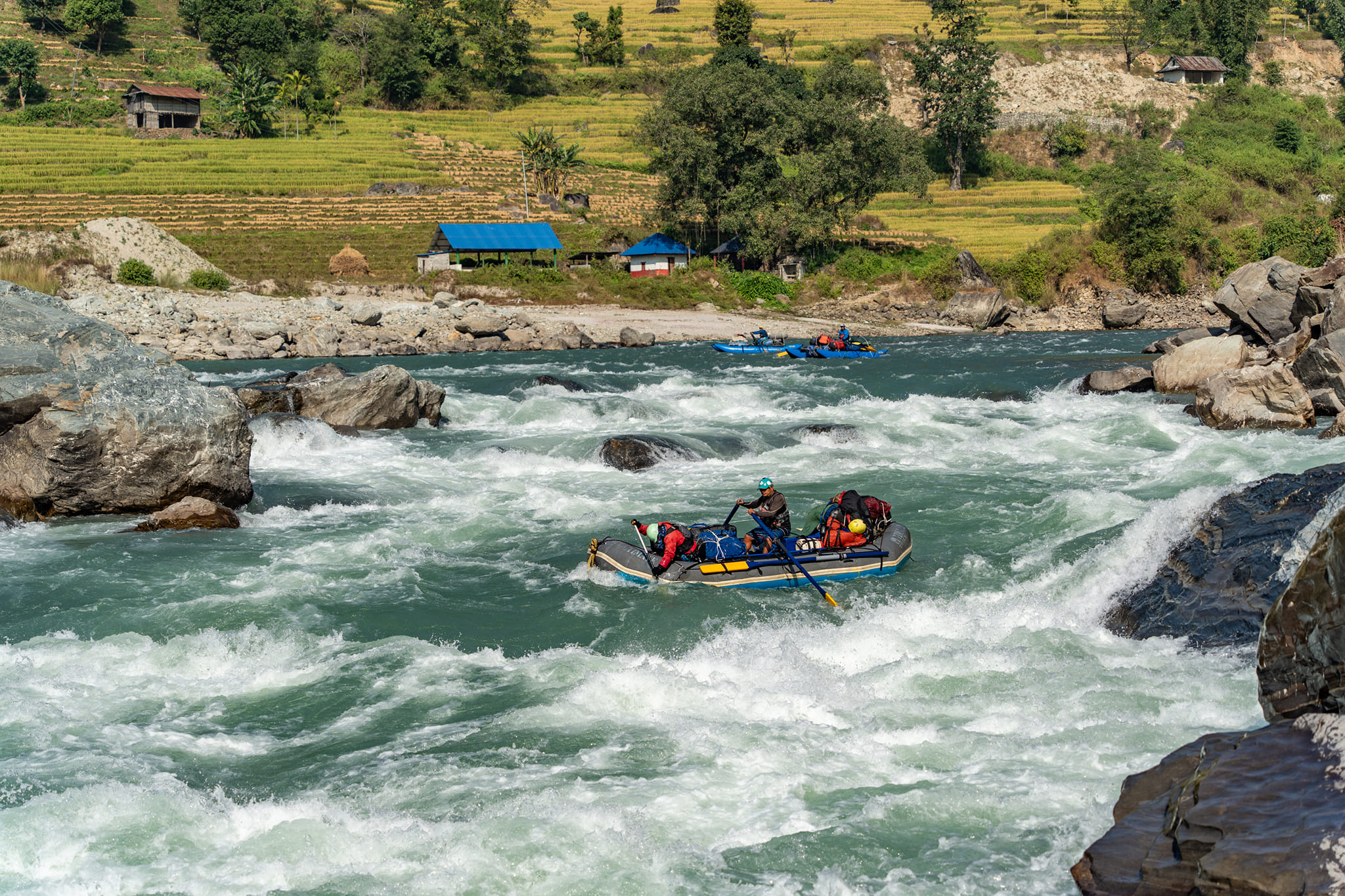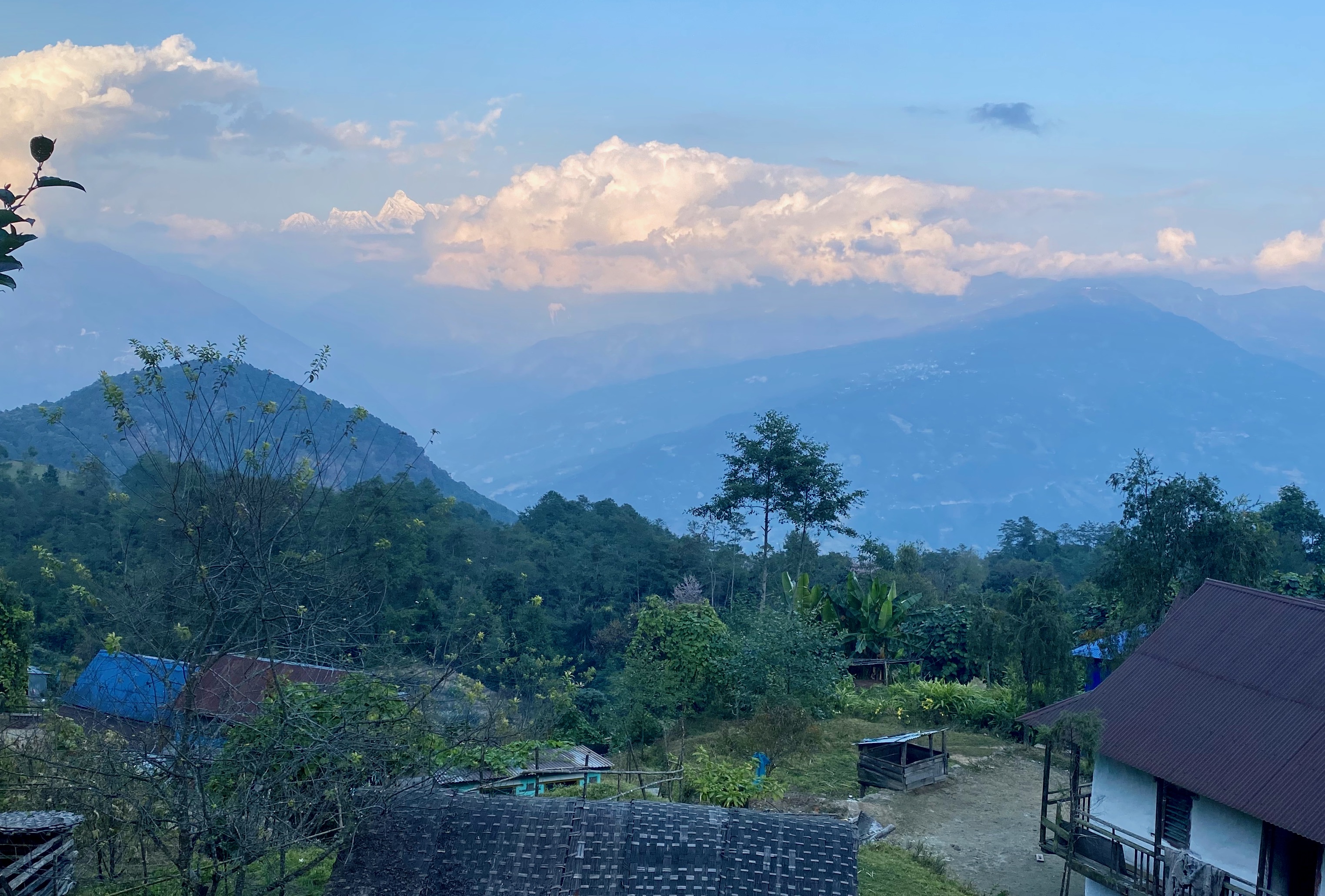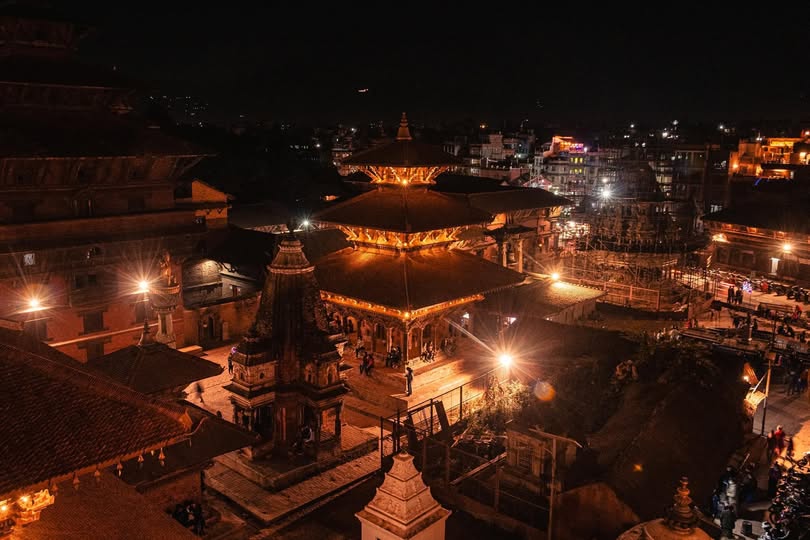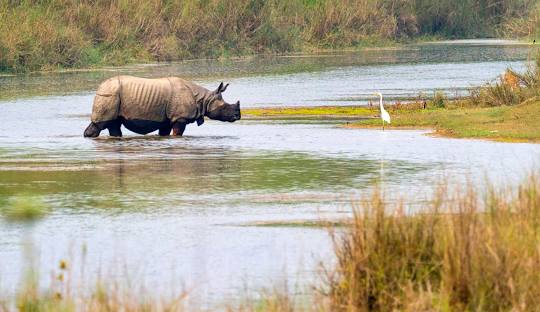DAY TRIPS
NEAR KATHMANDU
EASTERN NEPAL
WESTERN NEPAL
WHITWATER AND TREK
ENTHUSIASTS & TRAVELLERS
Guide to Tamur River Expedition
By Ultimate Rivers
3 November, 2025
If you’re searching for the wildest multi-day rafting expedition in Nepal, the Tamur River Expedition is in a league of its own. Fed
by the mighty glaciers of Mt. Kanchenjunga—the world’s third-highest peak—the Tamur blends trekking through remote Himalayan trails with thrilling Class IV–V white-water that few rivers on Earth can rival.
This comprehensive guide reveals everything you need to know before embarking on the Tamur rafting expedition — from route, itinerary, rapids, difficulty, best season, gear checklist, and booking tips to safety,
culture, and what truly makes the Tamur special.
Trip at a Glance

The Tamur River Expedition unfolds over nearly two weeks of adventure, blending trekking, rafting, and camping.
On Day 1, you arrive in Kathmandu, where the team meets you for a thorough briefing. Gear checks, introductions, and a final look at the expedition plan set the tone for the days ahead. The excitement grows with
every conversation as you prepare for your journey into eastern Nepal.
Day 2 begins with a scenic flight to Bhadrapur or Biratnagar, followed by a drive through rolling hills toward the starting village. The landscape changes from bustling towns to serene countryside, and your first
encounters with local communities hint at the cultural richness along the route.
Days 3 to 5 are devoted to trekking through remote forests, terraced farmland, and small Limbu villages. Each day brings panoramic mountain views, quiet riversides, and opportunities to connect with local life. Camps
are set along scenic ridges and riverbanks, offering tranquil nights beneath the stars.
By Day 6, you reach the Tamur River and take to the water. The next several days are filled with continuous Class IV–V rapids, sandy beach camps, and spectacular gorges. Every rapid delivers both challenge and
exhilaration, and the camaraderie among the team grows stronger with each day.
The final stretch brings you to the take-out at Chatara on Day 12, followed by a drive back to the nearest town, the flight brings you to Kathmandu, where the adventure concludes with celebrations, photographs, and
memories that will last a lifetime.
Where the Journey Begins
The Tamur Expedition starts in Eastern Nepal, a region known for its lush green hills, terraced fields, and vibrant local life. Most expeditions begin with a scenic flight from Kathmandu to Bhadrapur or Biratnagar,
followed by a beautiful drive through foothill landscapes toward the starting village. This first travel day sets the tone for the expedition — remote, wild, and full of excitement. As the roads climb higher, the
Himalayas grow closer, and the sound of rushing rivers signals that the journey into untamed water has truly begun. From here, you leave the main highways behind and move deeper into Nepal's countryside. Local
villages greet you along the way, children wave, and the aroma of wood-fired meals and mountain air replaces the buzz of the city
The Tamur flows from eastern Nepal at the foothills of the Kanchenjunga Himal, eventually joining the Arun and Sun Koshi to form the Saptakoshi — Nepal’s mightiest river system.
Scenic Trek into the Wild

The path toward the Tamur River is unlike the approach to any other rafting expedition in Nepal. Before the paddles even touch the water, the journey leads through days of trekking across untouched ridgelines and
traditional Himalayan settlements. The trail winds upward through quiet forests of rhododendron and oak, where the only sounds are birds calling through the trees and the distant echo of the river carving through
deep valleys below. Here, time seems to slow, and every step draws you deeper into landscapes rarely visited by travelers. As the trek continues, the views become more dramatic. The snow-capped peaks of the
Kanchenjunga range emerge with more power each morning, glowing gold at sunrise and fading into soft blue in the late afternoon haze. The trail often follows high ridges that open into sweeping panoramas, revealing
just how vast and remote this corner of Nepal truly is.
Along the way, villagers greet you with curious smiles, passing by with woven baskets of fresh harvest or guiding their livestock along the same routes that have connected these mountains for generations. Evenings on
the trek are peaceful and grounding. Camps are set up under open skies, the air crisp and scented with pine, and the stars appear bright enough to feel within reach.
Big Rapids, Big Thrills — What to Expect on the Water

Reaching the banks of the Tamur feels like a moment of transformation. After days of trekking through quiet mountain trails, the river greets you with an entirely different kind of energy — fast, powerful, and alive. The water races forward with a clear turquoise sheen, fed by the glaciers of Kanchenjunga towering high above. It wastes no time revealing its character. Within minutes of launching, the first wave trains hit, and the calm of the foothills is replaced with the heartbeat-quickening rush of serious white-water. The Tamur is known for its continuous Class IV and V rapids, high-volume features, and a rhythm that keeps paddlers fully engaged from the very first stroke. There is rarely a long break on this river — each rapid seems to lead directly into the next, creating a thrilling flow that demands teamwork, quick responses, and unwavering focus. Every swell and drop brings a fresh surge of excitement, and even as your muscles burn from paddling, the adrenaline ensures a smile never leaves your face.
When to Go for the Best Experience

The best time to experience the Tamur River Expedition is during Nepal’s clear and calm seasons — autumn and spring. From October to December, the weather is stable, skies are bright, and river levels are ideal for powerful but predictable white-water. The mountains stand tall and sharp against the horizon, making every moment on the trail and on the river visually breathtaking
Join us on our 2026 rafting expedition to Tamur that combines the most scenic trekking route in the east with the exciting rapids of the Tamur River—an unforgettable blend of adventure, culture, and breathtaking Himalayan landscape








.jpg)


.jpg)



